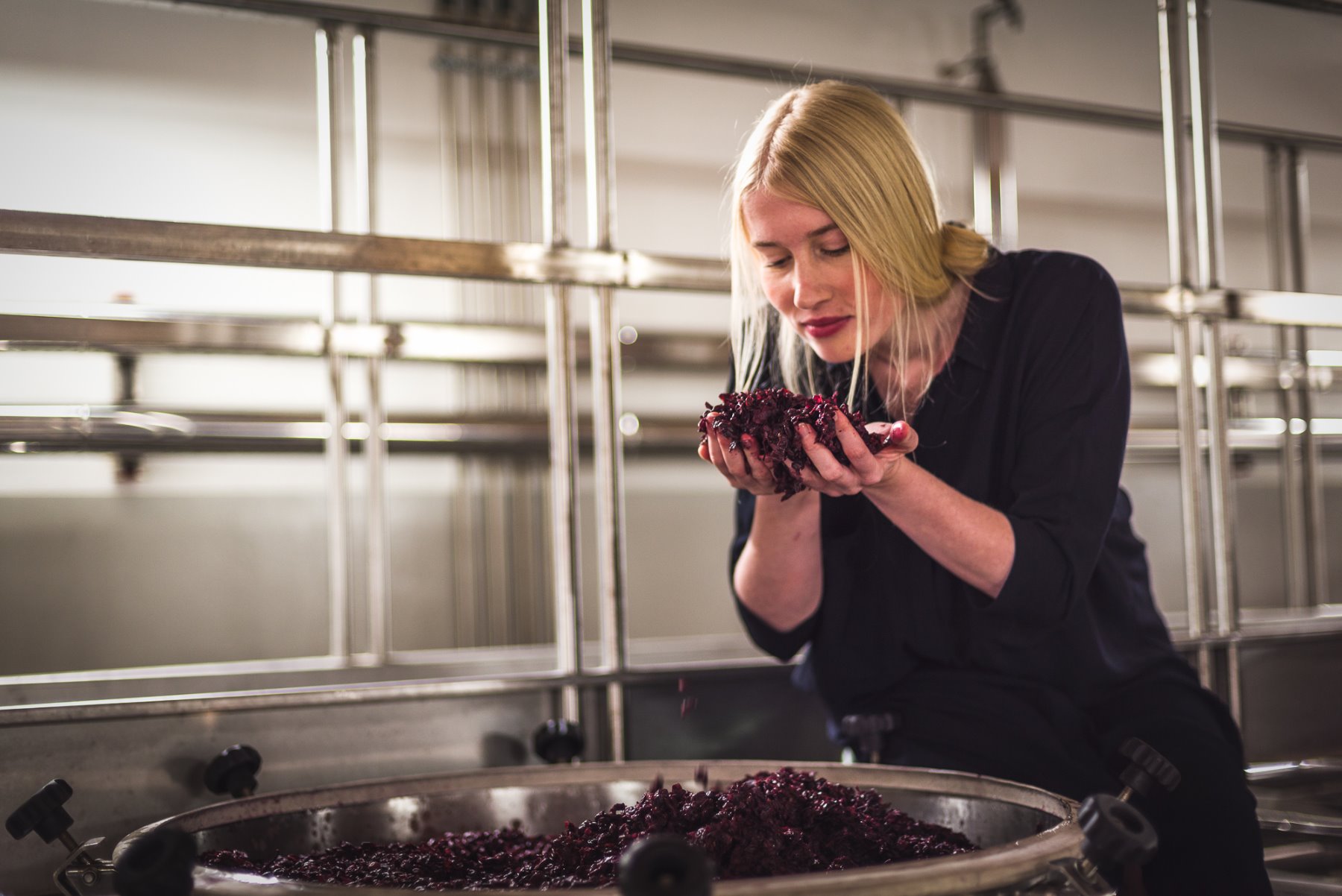Why is it called Vinsanto? Even today there is no historical documentation that accurately reveals the birth of Vinsanto.
However, we can state that all the references we have are concentrated in the Tuscany area. In any case, it is certainly a wine with deeply ancient origins, probably Roman, or even Etruscan. In fact, the use of producing wines with dried grapes has been rooted since time immemorial in the Mediterranean culture. Among the certain things is the fact that he has always had an elite destination, being reserved for important occasions and sacred ceremonies. In this sense, some believe that the epithet “Saint” comes from the fact that a friar who lived in the province of Siena, in 1348, administered it to the sick of pest: immediately spread the idea that they benefited greatly. Beyond more or less probable stories, the origin of the name “Vinsanto” therefore probably comes from its use in the context of solemn and religious moments. Historians point out that in the area of Montepulciano there is certain memory of this wine only in the last two centuries. Vinsanto has always been a non-commercial product: it was the wine of welcome, produced in small quantities and donated to guests of considerable importance.

The largest vinsantaie were housed in farms and city buildings, but even the smallest peasants produced it. The maturation, for the most valuable vinsants, could last even twelve years or more. Always protected under the roof, each family owned an average of 20/30 caratelli and had two to three per year. Then, with the advent of the vinai, the marketing of the product began, first in the Florentine and Prato areas, then in all of Tuscany. This process has led, in many cases, to move away from the original production techniques to obtain greater quantities of wine, to the detriment of its quality.

How do we prepare it? But how do we prepare Vinsanto? Here at Poggio del Moro we continue to keep faith with the oldest tradition. First of all, let’s start from the vines. It seems trivial, but it is not at all: to produce great wines we have to start with large grapes. In this case we will need breeding and pruning systems that produce few clusters per plant, so that they are well exposed, free and airy, so as to ripen to perfection.
Which are the most suitable grapes? Ok, you are also wondering which are the most suitable grapes. At Poggio del Moro we make Vinsanto with Sangiovese grapes (hence the name “Occhio di Pernice”), but Malvasia Toscana, Grechetto and some populations of Trebbiano are notoriously suitable. The Vinsanto, then, is produced with carefully selected bunches: they must be small, coarse, perfectly ripened and healthy.
The phase of withering The drying process lasts on average for four to five months: during this period of time the grapes rest, lying on reed beds whose micro-porous surface proves ideal for the final purpose. In any case, the method of hanging the bunches from threads on special frames remains valid. The ideal conditions for drying? Low temperatures (15-16 degrees) to limit evaporation and a relative humidity that does not exceed 70% (otherwise the onset of mold is favored). It is also necessary to prevent moisture from settling downwards, removing the air with natural ventilation.

Off to the press! Once properly dried, the grapes go to the press without being de-stemmed: with modern equipment everything is simpler, but it is still a complex phase.
The musts: Recall that the amount of must we get does not ever exceed 30% of fresh grapes. The musts coming out of the pressing are not clean: they have fragments of pulp and macerated peels. For this reason they are kept for weeks to settle in the cold in a vertical tank and, at the end, only the limpid part will be used
Vinsanti and Caratelli As the strictest tradition dictates, the Vinsantaia remains under roof, even in the face of extreme temperatures. The caratelli, however, are used to allow an exchange with the outside: the best wood to use is oak and the right flow 50 liters. They must be robust and must not yield to Vinsanto, because they would give it a foreign and unwanted taste. Attention to how they are filled: if they are completely completed with the must, the absence of air makes fermentation more difficult. The presence of musts with a high concentration of sugar makes biological activity difficult, but the “mothers”, selected since time immemorial, come to our rescue. What is it, you say? They are dark and dense sediments that are found, well separated from Vinsanto, on the bottom of the caratelli: they contain families of ferments that are always active, specialized in living and multiplying. It is the perfect trigger for the chemical and biological processes that form the extraordinary aromatic set that makes this wine unique. The caratelli are then closed immediately after filling, then do not touch anymore for at least 10 years. At the reopening, after a long wait, we proceed to the tasting: a concentrate of density, color, aroma and flavor.

The bottling It is a delicate phase, because Vinsanto is not a wine like any other. It is a set of flavors and, passing it through filters, we risk impoverishing it and making it unnoticeable. For this we must bottle it as it is, caratello after caratello: time, temperature and wood have worked for us, making it stable. Once bottled, the Vinsanto rests for a long time, for the time necessary to restore harmony.
